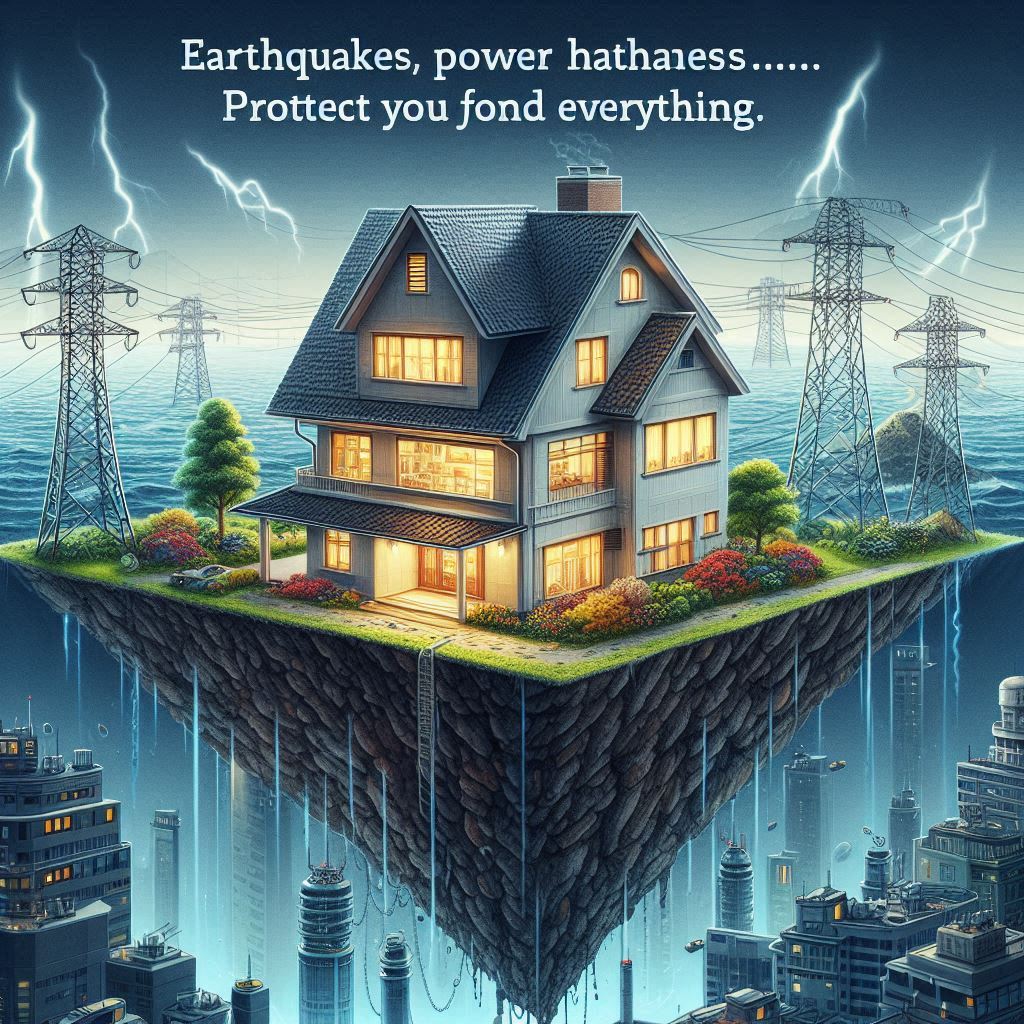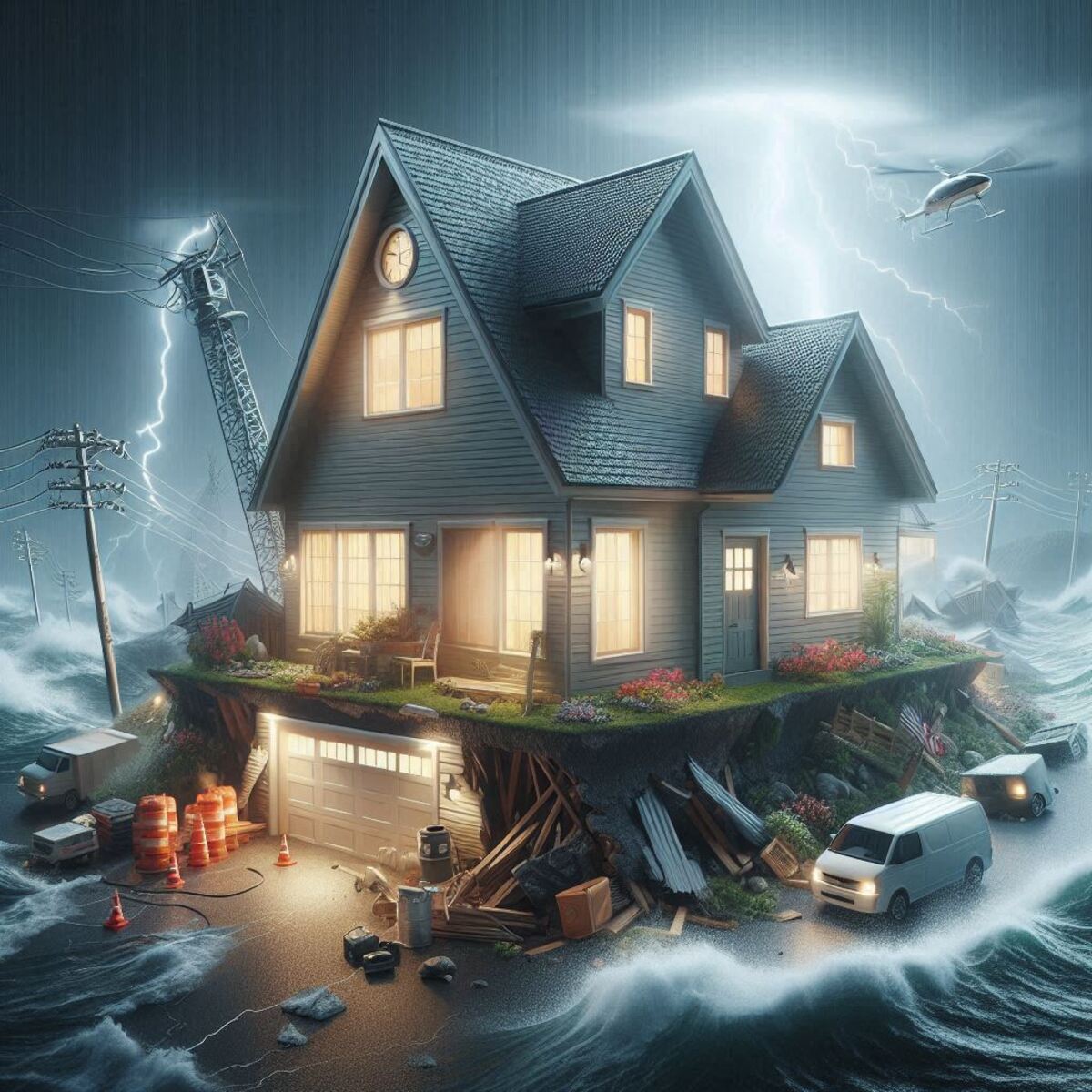Among Global Wealth Holders, a New Standard of Value Is Emerging—owning a home that remains standing, livable, and protective—no matter what disaster may strike.
Beyond aesthetics or returns, the true value lies in protecting life and family.
This is why Japan’s high-quality urban condominiums are increasingly chosen.
◆ Unshakable Living: A Resilient Home, Born of a Disaster-Prone Nation
Japan is no stranger to natural forces—earthquakes, typhoons, torrential rain, heatwaves, and heavy snow.
And it’s precisely this environment that has driven one of the world’s most advanced standards of residential design and infrastructure.
-
Earthquakes are met with updated seismic codes and state-of-the-art base isolation and damping systems
-
Typhoons are mitigated through storm-resistant windows and flood-prevention architecture
-
Power outages are buffered by emergency generators and shared disaster supply storage
-
Extreme cold and heat are addressed with energy-efficient climate systems that stabilize indoor conditions
These are features that often go unnoticed during daily life—but they reveal their true, unmatched value the moment disaster strikes.

◆ “Preparing for the Worst” — A New Standard Among Global Wealth Holders
Across the globe, affluent individuals are increasingly prioritizing secure assets as part of their legacy strategy.
-
Political instability, pandemics, and climate volatility have rendered traditional forecasting obsolete
-
Emergencies once considered rare—viruses and wars—are becoming disturbingly routine
-
Each year, somewhere in the world, we face yet another “unprecedented” event
In this context, the idea that a home must serve as the final line of defense has become more than prudent.
◆ Voices from the Buyer
“I started out looking at Tokyo properties purely for investment. But once I discovered the building incorporated earthquake protections, emergency power systems, and clearly mapped evacuation routes, I found myself wanting it for personal use as well.” — Hong Kong Investor, Purchased a New-Build in Yoyogi
“In Thailand, many buildings fall short when it comes to flood or power-outage preparedness. Experiencing Japan’s approach—where homes are designed under the assumption that failure is never acceptable—it completely reshaped my understanding of what makes an asset truly valuable.” — Bangkok-based business owner

◆ Post-Disaster Resilience Determines Long-Term Value
In the aftermath of a natural disaster, a property’s condition becomes a defining factor of its enduring value.
-
If a residence is damaged, it cannot be sold, leased, or lived in
-
The cost of repairs may quickly outweigh its worth, turning an asset into a liability
-
Even within the same neighborhood, only the structures that withstand the crisis draw sustained attention and demand
This is why increasing emphasis is being placed on properties that remain fully functional and safe even after extreme events—homes that embody preservation as a form of premium value.
◆ Japanese Real Estate: A Disaster-Resilient Asset for the Future
Urban condominiums in Japan offer a rare duality—they function not only as investments, but as built-in insurance for what lies ahead.
-
A secure retreat your family can turn to at any time
-
Infrastructure prepared to deliver power, water, and safety even during disaster
-
Daily management, maintenance, and insurance systems that operate with precision
-
Flexible monetization options through resale or rental channels
In essence, being prepared is no longer just a precaution—it’s a form of wealth building.
◆ Turbulent Times, Resilience Becomes the Ultimate Luxury
Sweeping skyline views, expansive layouts, and refined finishes offer undeniable appeal—but above all, the most critical feature of a residence is its ability to protect your family—no matter what unfolds.
Japanese real estate quietly fulfills its promise—through the features you don’t see.
This is the very reason why discerning investors are turning quietly to Japan.




